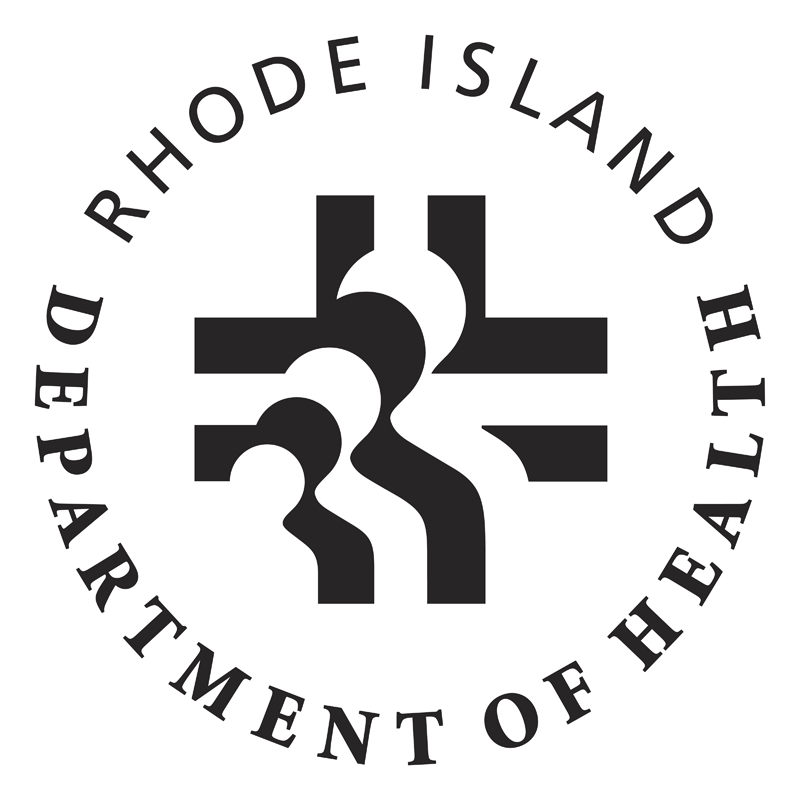Medical Orders for Life Sustaining Treatment (MOLST)
are instructions to follow a terminally ill patient’s wishes regarding resuscitation, feeding tubes and other life-sustaining medical treatments. The MOLST form can be used to refuse or request treatments and are completely voluntary on the part of patients. These orders can supplement Do Not Resuscitate (DNR) instructions or a COMFORT ONE bracelet. more
A physician, registered nurse practitioner, advanced practice registered nurse or physician assistant who is authorized by the patient is authorized to sign Medical Orders for Life Sustaining Treatment.
- Treat a patient in accordance with the patient's MOLST form, even if the healthcare provider who signed the MOLST order is not on staff at a facility.
- Ensure a patient's Medical Orders for Life Sustaining Treatment are transferred with the patient if he/she is transferred to another healthcare provider.
- If a new terminally ill patient comes under your care, you should ask about the existence of a MOLST form from the patient and/or the facility that is transferring the patient.
- Review the Medical Orders for Life Sustaining Treatment on admission and ensure that the orders reflect the patient’s current wishes.
- If the terminally ill patient does not have Medical Orders for Life Sustaining Treatment, you should offer them the opportunity to complete a form on admission to a nursing home, assisted living facility, home health agency, hospice program, kidney dialysis center, or hospital.
- Document if a terminally ill patient does not file Medical Orders for Life Sustaining Treatment and explain the consequences of making no decision to the patient or their recognized healthcare decision maker. If there are no limitations on care, except as otherwise provided by law, cardiopulmonary resuscitation will be attempted and other treatments will be given. If a choice regarding cardiopulmonary resuscitation (CPR) is not made, cardiopulmonary resuscitation will be attempted using all available treatment options.
- Void the Medical Orders for Life Sustaining Treatment if requested by your patient. To do this draw a diagonal line through the sheet, write “VOID” in large letters across the page, and sign and date below the line. Keep the voided MOLST form in the patient’s active or archived medical record, as appropriate.
- Follow the most recent version of the Medical Orders for Life Sustaining Treatment if more than one form is found in the medical records.
 Rhode Island Department of Health
Rhode Island Department of Health Rhode Island Department of Health
Rhode Island Department of Health